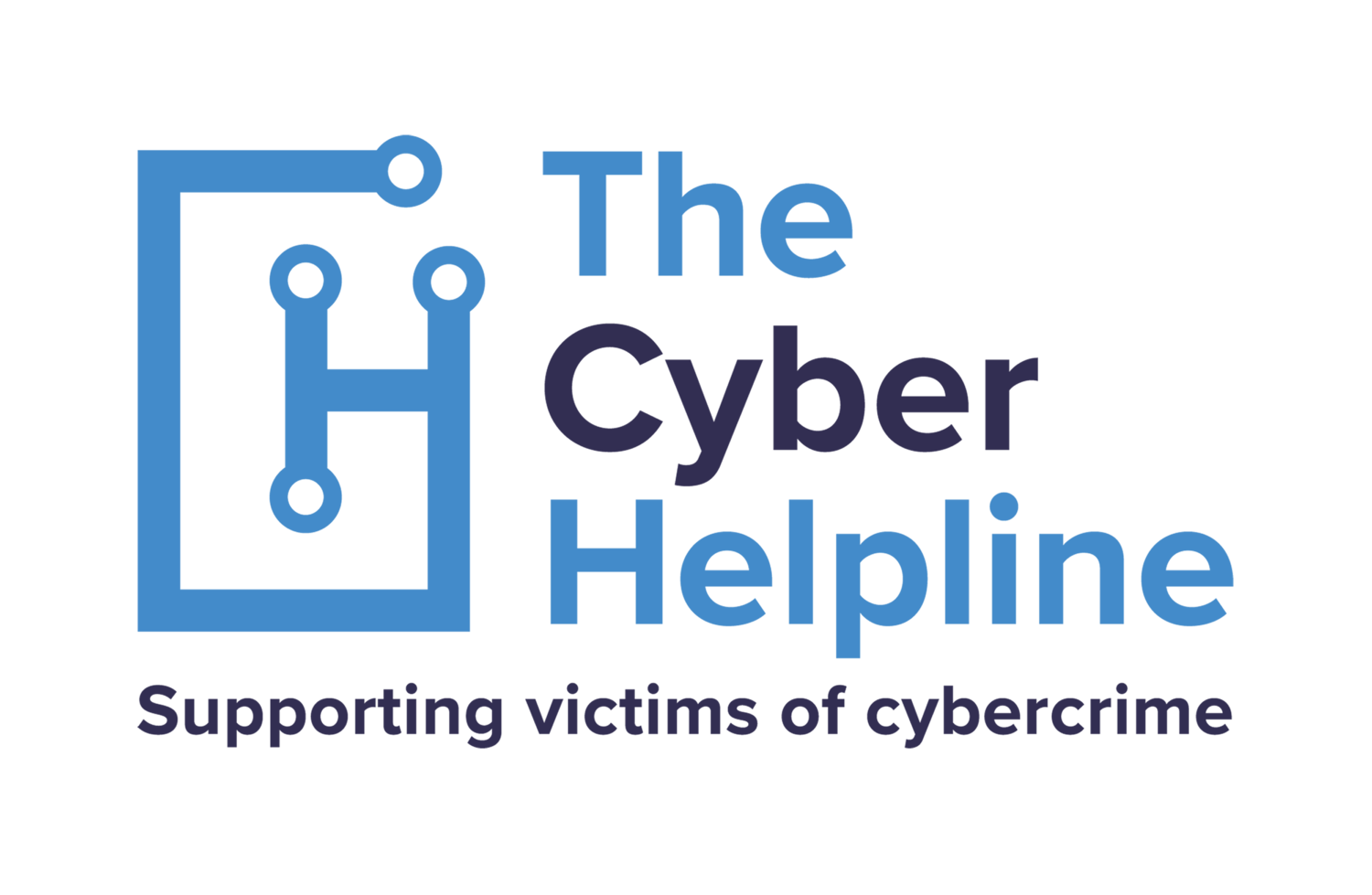

Maintaining Volunteer Team Engagement

Introduction
Global cybercrime has negatively impacted the United Kingdom for many years. From online scams and email phishing schemes to cyberstalking and catfishing, victims often don’t know where to turn for help. Data breaches and theft are occurring at above average rates.
During the pandemic, the UK’s National Cyber Security Centre (NCSC) reports increased numbers of email scams deliberately meant to prey on the fears of individuals regarding the Coronavirus.
The rise in home working also increases the rate at which businesses and workers are targeted with online crime and other data risks.
Addressing these growing problems is The Cyber Helpline, a not-for-profit organisation providing free, expert help to victims of cybercrime in the UK, established in 2018 by Rory Innes, an expert in cybersecurity and former senior manager for leading global cybersecurity companies.
The Cyber Helpline is made up of volunteer IT and cybersecurity experts, coming from a wide range of backgrounds and experiences -- but all passionate about supporting victims of cybercrime.
Volunteer Engagement Challenges
Despite this strong interest in providing cybersecurity support free of charge to individuals, the organisation has faced challenges as it’s made up of remote volunteers. In this case, volunteers are unique because experts in this area are rare and those who will volunteer their time are even rarer. It’s critical to maximize this experience for volunteers, otherwise retention becomes a real problem.
Working remotely adds another layer of mystery to things because it can be difficult to know what is adding or subtracting from the rewarding experience that volunteers have.
With these factors in mind, Innes set about looking for a way to maintain the engagement levels in his volunteer force. He told us he wanted to find a solution that could address these three specific key issues:
1. We are 100% volunteers – running such a model means that we have to ensure a great experience for volunteers to keep them engaged. This also supports retention efforts.
2. We are a 100% remote organisation – our volunteers use online collaboration tools to communicate, plan and execute work. Having no physical contact means we need to work super hard to create the right culture and engagement.
3. We are creating something unique – nobody else has created a free cyber incident response service for the general public before. We wanted to get feedback from our team to make sure we could make changes as needed.
Up until this quest for an employee engagement solution, The Cyber Helpline was struggling to manage the above matters as effectively as they needed to.
Innes described this period. “Before Thymometrics we were trying to look at engagement through activity and we had an annual survey which we created to get feedback on key areas. However, this became harder and harder to manage as we were growing so quickly. We also wanted the ability for volunteers to provide anonymous feedback, which they couldn’t do. Basically, we needed a faster pulse on what wasn’t working and the ability for people to be really honest with feedback.“
Volunteer Engagement Success by Thymometrics
By seeking out the real-time volunteer engagement company Thymometrics, The Cyber Helpline was able to find a remedy for its key issues.
It works well for the remote volunteers who can participate in the survey whenever and wherever, as it is available on any mobile device and easy to use. The CIPD predicts that the number of home workers is expected to double after the pandemic crisis has passed, therefore this is a solution that can adapt to changes in the nonprofit industry.
Innes also shared that Thymometrics provides valuable insight for the team that is part of investigating and evaluating how things are going for the volunteers. He says he’s been able to, “build it into our monthly team meetings and we regularly discuss where we are with moving forward and the feedback helps. We really use it to drive change.”
What’s the magic that convinces volunteers to participate in the employee engagement solution? Innes told Thymometrics that the leadership, “sends out a reminder to volunteers to send feedback before the monthly meeting.” The expectation is there that they will share the results in the team meeting. It opens up a useful communication channel that volunteers appreciate. Innes says, “We talk through the results and what we are actioning or looking at. This gives us a good regular rhythm to get everyone engaged in using the tool.”
This smart approach to integrating Thymometrics with other work at The Cyber Helpline is what maintains a natural process.
Interestingly, The Cyber Helpline has noted that because there is a dedication to tweaking how things work based on the engagement feedback received, the way they look at volunteer engagement has evolved.
Innes says, “It isn’t just to see the results and measure performance, Thymometrics has been a tool to help us create a productive environment and culture.”
Innes also advises other volunteer organisations to consider Thymometrics’ real-time engagement solution. He told us, “More and more team members are remote and it is getting harder and harder to get insight into what is working for them and what isn’t. Committing to an approach, getting the right tools in place and really using the insight to drive change is a great way to improve.“
About The Cyber Helpline
The Cyber Helpline is a free, confidential helpline for individuals who have been a victim of cyber crime. We help individuals understand, contain, recover and learn from cyber attacks by linking them with cyber security technology & experts who provide relevant advice and guidance. Learn more at www.thecyberhelpline.com
